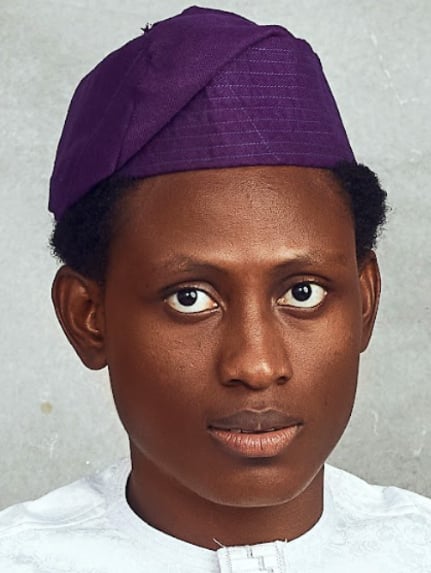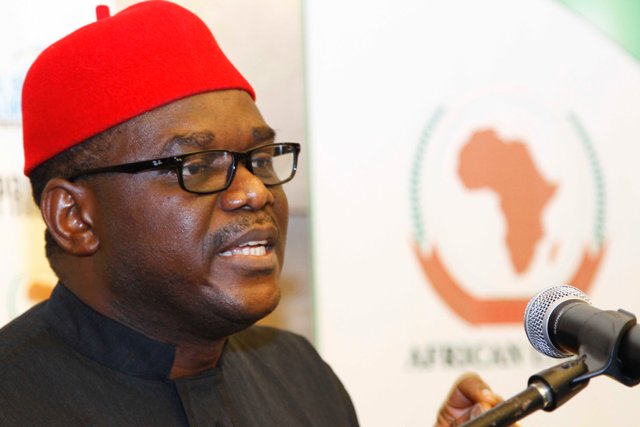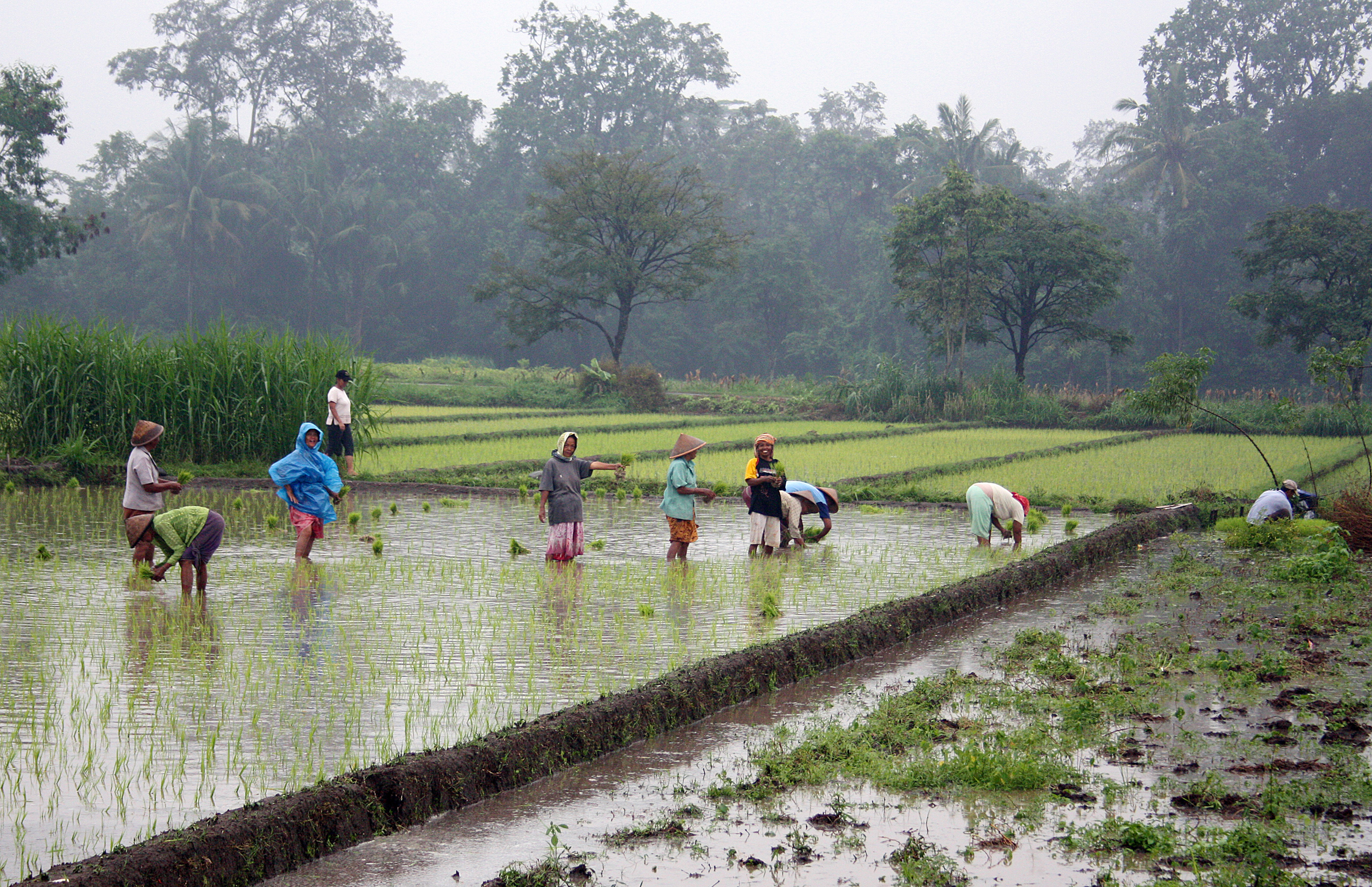The Ebola Virus Disease (EVD) ravaging West Africa continues to receive global attention, having claimed 1,552 lives (as at August 28) since February when it broke out.
However, little has been said about the river after which the viral disease is named.
Here are three facts about a river that has itself wreaked no havoc on humanity but has suddenly become the water body no one wants to bathe in.
1. EBOLA RIVER IS NOT RESPONSIBLE FOR EBOLA VIRUS
Since the outbreak of Ebola in August 1976, much scientific work has gone into combating the virus and consequently the disease. But little has been written or said about the river, and this is no coincidence. It is because Ebola River is not responsible for the outbreak of the virus.
Advertisement
There are five Ebola strains, each having a different degree of fatality and breaking out at different locations of the world where the river is absent.
2. EBOLA RIVER IS A VICTIM OF EBOLA VIRUS
When we speak of Ebola, we often consider humans and some primates as the victims. But the ignominy that Ebola River now personifies has shown that victims of the disease are more than humans and animals.
Ebola River has a length of about 225km, making it a very potent player in the economic lifestyle of its immediate community before August 1976. It had an enviable tourist value, and it enhanced aquamarine activities in the region.
Advertisement
However, the river became ill-fated after the deaths of Mabalo Lokela, a school headmaster and the first-ever victim of the virus, and the Belgian nun who got the attention of Belgian doctor Peter Piot (the man who discovered the virus).
Mabalo was on a tour with a small group from Yambuku Mission when he contracted the disease. The first identified case was discovered at Yambuku, about 96km away from Ebola River. Perhaps the disease could have been named Yambuku Virus Disease, but it was named after the river, whose only ‘offence’ was to be on the map of the Democratic Republic of Congo when Peter Piot and his team were looking for a river.
Piot and his colleagues had learned a lot about the virus in Yambuku, but didn’t have a name for it.
“We didn’t want to name it after the village, Yambuku, because it’s so stigmatising,” Piot would later tell the BBC.
Advertisement
“You don’t want to be associated with that.”
The team decided to name the virus after a river. They had a map of Congo, and the closest river they could see was the unfortunate Ebola River. And so the river got the name, infamy and stigma. A victim indeed!
3. EBOLA RIVER MORE THAN JUST EBOLA!
Hardly is there anyone familiar with EVD who doesn’t know that it was named after the Ebola River, but that is almost all an average person knows about the river.
Very few know that the river, located in the northern part of the Democratic Republic of the Congo, is the headstream of the Mongala River, which is connected to Congo River – the deepest river in the World with a depth of 220m.
Advertisement
Ebola River discharges into this river, which flows as the 9th longest river in the World, and second in Africa only to River Nile.
Ebola River also flows into the Atlantic Ocean, as the Congo river, which it discharges into, flows into Democratic Republic of Congo, Central African Republic (CAR), Angola, Republic of Congo, Tanzania, Cameroon, Zambia, Burundi, Rwanda and – finally – into the Atlantic ocean.
Advertisement
PHOTO CREDIT: Peter Piot
Advertisement
7 comments








It’s a pity the average human doesn’t dig deep
for information. Thanks for the education
No one digs deep for information anymore, thank you for the education.
How factual is this? Hmmmmm. Only God knows how these western world distorts facts about Africa. God help Africa!!!
God gat our Back. R.I.P to the life’s being claimed by Ebola.
Hmmmmm, it’s really more than just ebola! Thanks for the info.
What name would’ve be given if it had been discovered in London or America?
thanks for the information